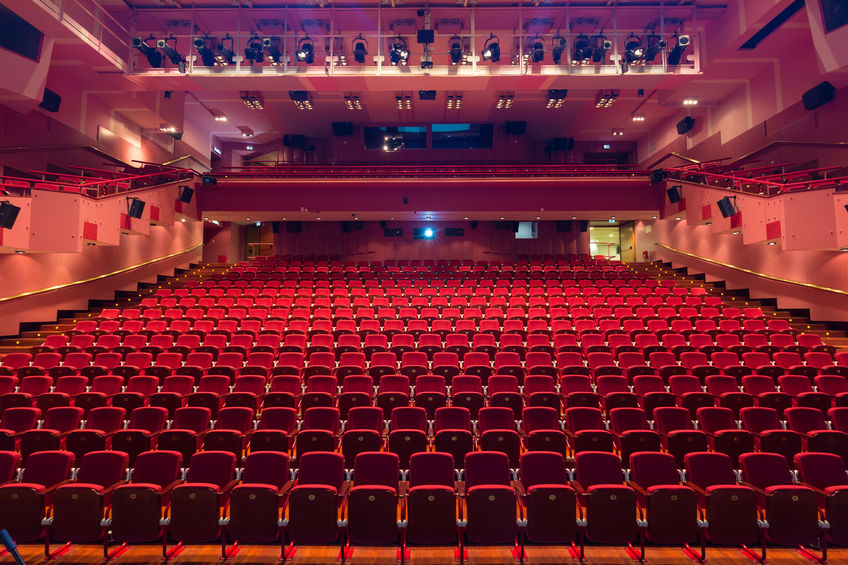 Cornell University’s historic Balch Hall has always been a defining landmark on North Campus. Renovations began several years ago as part of Cornell’s long-term Residential Improvement Initiative, and by Fall 2024, the project was nearing completion with students moving back into the revitalized residence hall. The goal was to modernize the building while staying true to the architectural character students and alumni have cherished for decades.
Cornell University’s historic Balch Hall has always been a defining landmark on North Campus. Renovations began several years ago as part of Cornell’s long-term Residential Improvement Initiative, and by Fall 2024, the project was nearing completion with students moving back into the revitalized residence hall. The goal was to modernize the building while staying true to the architectural character students and alumni have cherished for decades.
Preserving History While Modernizing the Space
Constructed in the 1920s, Balch Hall has long been admired for its Gothic architecture and strong community atmosphere. The recent renovation aimed to preserve the building’s unique charm while making significant upgrades that meet today’s students’ needs. Cornell’s Residential Improvement Initiative guided much of this work, ensuring the balance between preservation and modernization remained central to the project.
Updates included refreshed residential rooms, improved building systems, accessibility enhancements, and redesigned common areas that support both studying and socializing. Cornell highlighted many of these improvements in a 2024 renovation update. The university emphasized energy efficiency throughout the project, resulting in better lighting, upgraded ventilation, and more sustainable building operations.
Reimagined Spaces for Student Life
In October 2024, The Cornell Daily Sun shared student perspectives as residents moved into the updated Balch Hall for the fall semester. Students appreciated the blend of historic charm and modern updates, praising newly designed lounges, study spaces, and social areas that encourage connection and community building. Updated furniture, thoughtful layouts, and warm finishes create a welcoming environment that supports both academic focus and social engagement.
First-year residents noted that the improvements helped them settle in quickly, form new friendships, and feel at home during their earliest weeks on campus.
Supporting Cornell’s Residential Vision
The renovation of Balch Hall plays an important role in the university’s larger mission to enhance residential life. As part of a multi-year improvement plan, the project helps reduce overcrowding and ensure that students have access to high-quality, consistent housing on North Campus. The updated hall now provides a strong foundation for Cornell’s efforts to support both academic success and personal development.
A Successful Blend of Old and New
The renovation of Balch Hall was completed with great attention to detail, led by The Whiting-Turner Contracting Company in collaboration with the project’s architectural firm, Goody Clancy. Together, their teams worked to preserve the building’s historic identity while implementing modern upgrades that enhance safety, durability, and overall student experience. This partnership resulted in a revitalized residence hall that respects its past and supports the needs of today’s Cornell students.
At Construction Protection Systems, we’re proud to have played a small part in the development of the Balch Hall renovation by protecting their many new doors from construction damage. Stay tuned for more updates from the makers of 1-2-3 Door Shield, the original, reusable door protection system.


 Austin Peay State University held a ribbon-cutting ceremony for its new Health Professions building in Clarksville, TN on Thursday, Sept. 11. The new, three-story facility consolidates all of the university’s health professions programs into one central location. The building’s origins stretch back multiple years, but the hope is the structure will allow students across the various health professions majors to collaborate for years to come.
Austin Peay State University held a ribbon-cutting ceremony for its new Health Professions building in Clarksville, TN on Thursday, Sept. 11. The new, three-story facility consolidates all of the university’s health professions programs into one central location. The building’s origins stretch back multiple years, but the hope is the structure will allow students across the various health professions majors to collaborate for years to come. The Ritz-Carlton, Lake Tahoe
The Ritz-Carlton, Lake Tahoe  If you find yourself in the vicinity of Hollywood Boulevard in Los Angeles, you might come across the recently restored Egyptian Theatre. This historic landmark has played a crucially important role in the history of American cinema for more than a century now. Streaming giant Netflix, which purchased the theatre earlier this decade, funded a restoration to bring the theatre back to its original appearance. To understand the magnitude of the project, it’s important to take a look back at the history of the theatre and the challenges it has faced:
If you find yourself in the vicinity of Hollywood Boulevard in Los Angeles, you might come across the recently restored Egyptian Theatre. This historic landmark has played a crucially important role in the history of American cinema for more than a century now. Streaming giant Netflix, which purchased the theatre earlier this decade, funded a restoration to bring the theatre back to its original appearance. To understand the magnitude of the project, it’s important to take a look back at the history of the theatre and the challenges it has faced: The new Chicken Ranch Casino, Resort, and Conference Center in Jamestown, CA has now been fully open for more than six months. A major expansion project that took more than three years to complete has transformed the business from a simple, aging casino to a premier resort and entertainment destination. The new space, which is located downhill from the original casino, opened in November.
The new Chicken Ranch Casino, Resort, and Conference Center in Jamestown, CA has now been fully open for more than six months. A major expansion project that took more than three years to complete has transformed the business from a simple, aging casino to a premier resort and entertainment destination. The new space, which is located downhill from the original casino, opened in November. Hyatt Regency Indian Wells
Hyatt Regency Indian Wells  EdgeCore Digital Infrastructure recently hit a major milestone on the way to the opening of PH02 Data Center in Mesa, Arizona. On Dec. 4, 2024, the company celebrated the “topping out” of the construction project. They were joined by Holder Construction, who oversaw the project. This event marked the completion of the structural framework of what is slated to be a cornerstone of technological achievement in the region. The center is expected to be fully operational in 2026.
EdgeCore Digital Infrastructure recently hit a major milestone on the way to the opening of PH02 Data Center in Mesa, Arizona. On Dec. 4, 2024, the company celebrated the “topping out” of the construction project. They were joined by Holder Construction, who oversaw the project. This event marked the completion of the structural framework of what is slated to be a cornerstone of technological achievement in the region. The center is expected to be fully operational in 2026. The University of Florida’s New Undergraduate Residential Complex with Honors College was recently fully completed. The dorm complex is now the largest on campus, with the ability to house more than 1,400 students. It’s the result of a planning process that dates back more than six years. The journey from the vision to build new student housing to completing a state-of-the-art facility began back in 2018.
The University of Florida’s New Undergraduate Residential Complex with Honors College was recently fully completed. The dorm complex is now the largest on campus, with the ability to house more than 1,400 students. It’s the result of a planning process that dates back more than six years. The journey from the vision to build new student housing to completing a state-of-the-art facility began back in 2018.
Recent Comments